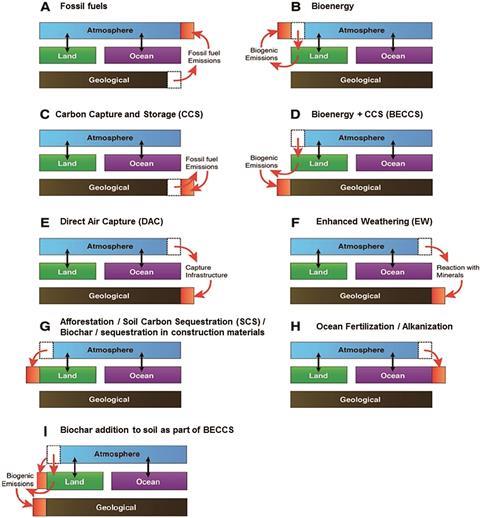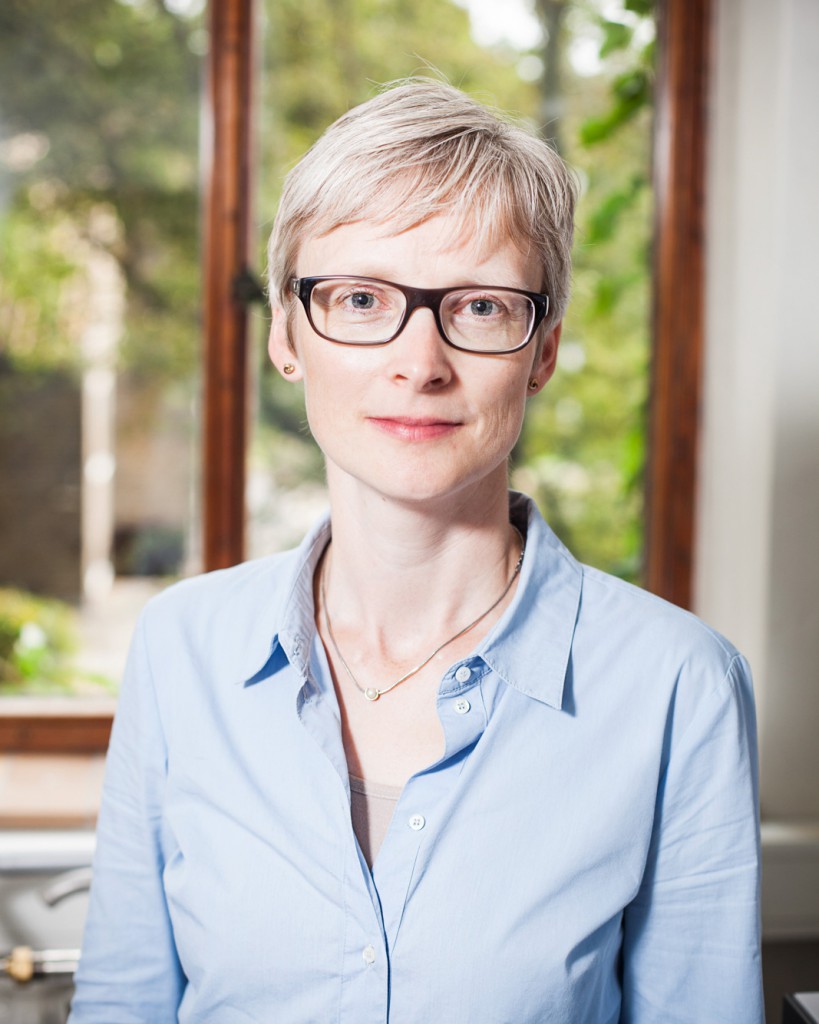| |
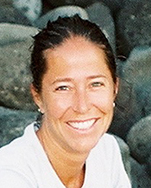 Alexandria Boehm is a Professor in the Department of Civil and Environmental Engineering at the University of Stanford. Her primary research areas are coastal water quality and sanitation with a focus on waterborne pathogens. Her work is focused on key problems in both, developed and developing countries with the overarching goal of designing and testing novel interventions and technologies for reducing the burden of waterborne disease. Alexandria Boehm is a Professor in the Department of Civil and Environmental Engineering at the University of Stanford. Her primary research areas are coastal water quality and sanitation with a focus on waterborne pathogens. Her work is focused on key problems in both, developed and developing countries with the overarching goal of designing and testing novel interventions and technologies for reducing the burden of waterborne disease.
|
| |
|
| |
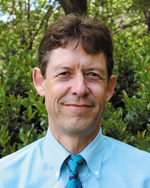 Philip Gschwend is a Professor of Civil and Environmental Engineering at MIT. His research focuses on environmental organic chemistry, including phase exchanges and transformation processes, modeling fates of organic pollutants, roles of colloids and black carbons and passive sampling for site evaluation. Philip Gschwend is a Professor of Civil and Environmental Engineering at MIT. His research focuses on environmental organic chemistry, including phase exchanges and transformation processes, modeling fates of organic pollutants, roles of colloids and black carbons and passive sampling for site evaluation.
|
| |
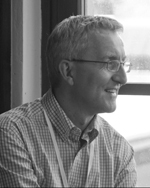 Andreas Kappler is professor for geomicrobiology at the University of Tübingen, Germany, and his main research is the biogeochemical cycle of iron and the consequences for the fate of pollutants and trace metals in modern environments as well as the consequences for rock formation on early Earth. Andreas Kappler is professor for geomicrobiology at the University of Tübingen, Germany, and his main research is the biogeochemical cycle of iron and the consequences for the fate of pollutants and trace metals in modern environments as well as the consequences for rock formation on early Earth. |
| |
 Karen Kidd is based at the University of New Brunswick, Canada. Her research interests focus on fate and effects of contaminants in aquatic food webs. Karen Kidd is based at the University of New Brunswick, Canada. Her research interests focus on fate and effects of contaminants in aquatic food webs.
|
| |
|
| |
 Linsey Marr is a Professor of Civil and Environmental Engineering at Virginia Tech. She is interested in characterizing the emissions, fate, and transport of air pollutants in order to provide the scientific basis for improving air quality and health. Linsey Marr is a Professor of Civil and Environmental Engineering at Virginia Tech. She is interested in characterizing the emissions, fate, and transport of air pollutants in order to provide the scientific basis for improving air quality and health.
|
| |
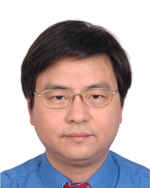 Junji Cao is the Director of the Key Laboratory of Aerosol Chemistry and Physics and the Vice President of the Institute of Earth Environment at the Chinese Academy of Sciences. His work encompasses three main strands – carbonaceous aerosol chemistry, atmospheric chemistry and urban atmospheric pollution. Junji Cao is the Director of the Key Laboratory of Aerosol Chemistry and Physics and the Vice President of the Institute of Earth Environment at the Chinese Academy of Sciences. His work encompasses three main strands – carbonaceous aerosol chemistry, atmospheric chemistry and urban atmospheric pollution.
|
| |
 Urs Baltensperger is the Head of the Laboratory of Atmospheric Chemistry at the Paul Scherrer Institute. His work focuses on aerosol science and technology. Urs Baltensperger is the Head of the Laboratory of Atmospheric Chemistry at the Paul Scherrer Institute. His work focuses on aerosol science and technology.
|
| |
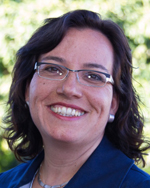 Beate Escher is the Head of the Department of Cell Toxicology at the Helmholtz Centre for Environmental Research. Her research interests focus on mode-of-action based environmental risk assessment, including methods for initial hazard screening and risk assessment of pharmaceuticals, pesticides, disinfection by-products and persistent organic pollutants with an emphasis on mixtures. Beate Escher is the Head of the Department of Cell Toxicology at the Helmholtz Centre for Environmental Research. Her research interests focus on mode-of-action based environmental risk assessment, including methods for initial hazard screening and risk assessment of pharmaceuticals, pesticides, disinfection by-products and persistent organic pollutants with an emphasis on mixtures.
|
| |
 Derek Muir is a Senior Research Scientist and Section Head at the Environment and Climate Change Canada. His work aims to develop knowledge on the distribution, fate and bioaccumulation of priority substances in order to provide policy- and decision-makers with information to make sound decisions on assessment and management of chemicals. Derek Muir is a Senior Research Scientist and Section Head at the Environment and Climate Change Canada. His work aims to develop knowledge on the distribution, fate and bioaccumulation of priority substances in order to provide policy- and decision-makers with information to make sound decisions on assessment and management of chemicals.
|
| |
 Jasquelin Peña is an Associate Professor in the Faculty of Geoscience and Environment at the University of Lausanne. Her research is aimed at improving the environmental quality of soils and waters impacted by metal pollution. Jasquelin Peña is an Associate Professor in the Faculty of Geoscience and Environment at the University of Lausanne. Her research is aimed at improving the environmental quality of soils and waters impacted by metal pollution.
|
| |
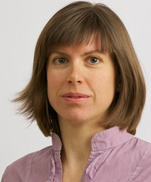 Kathrin Fenner is a Senior Scientist in the Department of Environmental Chemistry at Eawag. The goal of her research is to develop more accurate methods to assess persistence and risk from transformation product formation in regulatory risk assessment procedures. Her work focuses on three main strands – prediction of biodegradation pathways and rates, hazard and risk assessment of transformation products and improved tools for persistence assessment. Kathrin Fenner is a Senior Scientist in the Department of Environmental Chemistry at Eawag. The goal of her research is to develop more accurate methods to assess persistence and risk from transformation product formation in regulatory risk assessment procedures. Her work focuses on three main strands – prediction of biodegradation pathways and rates, hazard and risk assessment of transformation products and improved tools for persistence assessment.
|
| |
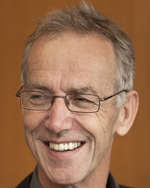 David Waite is a Scientia Professor in the School of Civil and Environmental Engineering and the Dean of Research in the Faculty of Engineering at the University of New South Wales. His biogeochemical work aims to improve our understanding of natural aquatic systems and enables us to i) prevent environmental degradation and ii) develop appropriate solutions to challenges such as provision of water supply and improving human health. David Waite is a Scientia Professor in the School of Civil and Environmental Engineering and the Dean of Research in the Faculty of Engineering at the University of New South Wales. His biogeochemical work aims to improve our understanding of natural aquatic systems and enables us to i) prevent environmental degradation and ii) develop appropriate solutions to challenges such as provision of water supply and improving human health.
|
| |
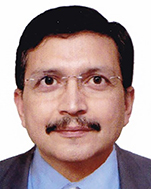 Sachchida Nand (Sachi) Tripathi is a Rajeeva and Sangeeta Lahri Chair Professor in the Department of Civil Engineering & Department of Earth Sciences at the Indian Institute of Technology Kanpur. His research focuses on the chemical, microphysical and optical properties of aerosols. Sachchida Nand (Sachi) Tripathi is a Rajeeva and Sangeeta Lahri Chair Professor in the Department of Civil Engineering & Department of Earth Sciences at the Indian Institute of Technology Kanpur. His research focuses on the chemical, microphysical and optical properties of aerosols.
|
| |
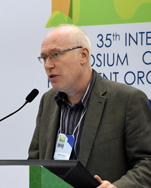 Stuart Harrad is a Professor of Environmental Chemistry at the University of Birmingham. His research addresses all aspects of the environmental sources, fate and behaviour of persistent organic pollutants (POPs). He has particular interests in human exposure to POPs with a focus on indoor pathways. He is also active in research that explores the environmental forensics utility of chirality. Stuart Harrad is a Professor of Environmental Chemistry at the University of Birmingham. His research addresses all aspects of the environmental sources, fate and behaviour of persistent organic pollutants (POPs). He has particular interests in human exposure to POPs with a focus on indoor pathways. He is also active in research that explores the environmental forensics utility of chirality.
|
| |
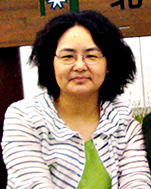 Jian-Ying Hu is a Professor of Urban and Environmental Science at the Peking University. Her work focuses on the occurrence and fate of environmental contaminants, toxicology mainly for endocrine disrupting chemicals and health/ecological risk assessment. Jian-Ying Hu is a Professor of Urban and Environmental Science at the Peking University. Her work focuses on the occurrence and fate of environmental contaminants, toxicology mainly for endocrine disrupting chemicals and health/ecological risk assessment. |
Also appointed but not pictured:
Ruben Kretzschmar is a Full Professor of Soil Chemistry and head of the Institute of Biogeochemistry and Pollutant Dynamics, Department of Environmental Sciences at ETH Zurich. His current work focuses on the biogeochemistry of metals and metalloids in periodically flooded or water-saturated soils, such as contaminated river floodplains and irrigated rice paddies.
Also of interest: Read some of the high-impact research authored by our new Advisory Board members in Environmental Science: Processes & impacts using the links below:
Steroidal estrogen sources in a sewage-impacted coastal ocean
David R. Griffith, Melissa C. Kido Soule, Timothy I. Eglinton, Elizabeth B. Kujawinski and Philip M. Gschwend
Environ. Sci.: Processes Impacts, 2016, 18, 981-991
DOI: 10.1039/C6EM00127K
Sorption selectivity of birnessite particle edges: a d-PDF analysis of Cd(II) and Pb(II) sorption by δ-MnO2 and ferrihydrite
Case M. van Genuchten and Jasquelin Peña
Environ. Sci.: Processes Impacts, 2016, 18, 1030-1041
DOI: 10.1039/C6EM00136J
Highly time resolved chemical characterization of submicron organic aerosols at a polluted urban location
Bharath Kumar, Abhishek Chakraborty, S. N. Tripathi and Deepika Bhattu
Environ. Sci.: Processes Impacts, 2016, 18, 1285-1296
DOI: 10.1039/C6EM00392C
Emerging halogenated flame retardants and hexabromocyclododecanes in food samples from an e-waste processing area in Vietnam
Fang Tao, Hidenori Matsukami, Go Suzuki, Nguyen Minh Tue, Pham Hung Viet, Hidetaka Takigami and Stuart Harrad
Environ. Sci.: Processes Impacts, 2016, 18, 361-370,
DOI: 10.1039/C5EM00593K



 Philip Gschwend is a Professor of Civil and Environmental Engineering at MIT. His research focuses on environmental organic chemistry, including phase exchanges and transformation processes, modeling fates of organic pollutants, roles of colloids and black carbons and passive sampling for site evaluation.
Philip Gschwend is a Professor of Civil and Environmental Engineering at MIT. His research focuses on environmental organic chemistry, including phase exchanges and transformation processes, modeling fates of organic pollutants, roles of colloids and black carbons and passive sampling for site evaluation.





 Derek Muir is a Senior Research Scientist and Section Head at the Environment and Climate Change Canada. His work aims to develop knowledge on the distribution, fate and bioaccumulation of priority substances in order to provide policy- and decision-makers with information to make sound decisions on assessment and management of chemicals.
Derek Muir is a Senior Research Scientist and Section Head at the Environment and Climate Change Canada. His work aims to develop knowledge on the distribution, fate and bioaccumulation of priority substances in order to provide policy- and decision-makers with information to make sound decisions on assessment and management of chemicals.














